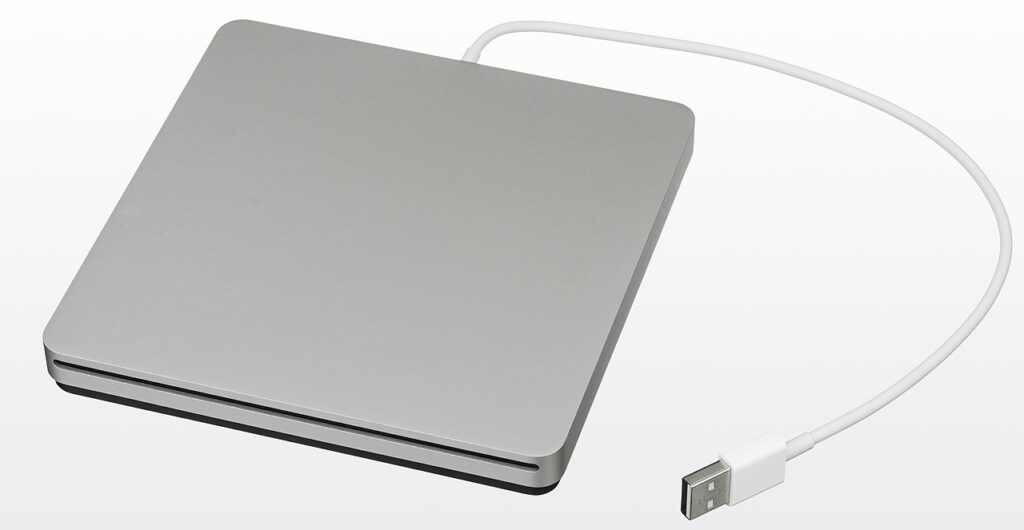This week, Apple unveiled a bunch of new hardware, including the M4 Mac Studio, M4 MacBook Air, and the latest iPad Air. There’s a lot to discuss:
M4 Mac Studio
Apple’s new Mac Studio has two primary configurations: one with the M4 Max chip and another with the M3 Ultra chip. The M4 Max variant boasts a 16-core CPU and up to 40 GPU cores, delivering substantial performance enhancements over its predecessors. Notably, this model introduces Apple’s latest-generation graphics architecture to the Mac Studio lineup. The base memory has been increased to 36GB, up from the previous 32GB, with options to configure up to 128GB.
The oddball is the M3 Ultra Mac Studio. Because the Ultra (Apple’s top-tier chip) has a longer development cycle, this one is based on M3, not M4. Regardless, it’s a beast. The M3 Ultra configuration offers a 32-core CPU and up to 80 GPU cores. This model starts with 96GB of unified memory, configurable up to a staggering 512GB, making it ideal for tasks such as large-scale AI model training and complex video rendering. This is not a computer for mere mortals.
Both configurations feature Thunderbolt 5 ports. The M4 Max model starts at $1,999, while the M3 Ultra variant begins at $3,999; but you can configure one up to a price north of $14,000. 🙃
Pre-orders are now open, with shipping starting on March 12.
M4 MacBook Air
The MacBook Air lineup has been refreshed with the introduction of M4-powered models, available in both 13-inch and 15-inch screen sizes. This upgrade brings some nice performance improvements, including a 12MP webcam with Center Stage support, enhancing the video conferencing experience. If you’ve wanted a blue Mac, this one’s for you with the new Sky Blue color option. The 13-inch model starts at $999, and the 15-inch model at $1,199. Both models are available for pre-order, with shipping set to begin on March 12.
With this release, I feel Apple has really found its groove for the MacBook Air in the age of Apple silicon. This is a really nice Mac and will be my default recommendation for almost everyone.
iPad Air
Apple has also updated iPad Air, which is now equipped with the M3 chip. This iteration supports advanced accessories, including the new Magic Keyboard and Apple Pencil Pro, further expanding its versatility. The iPad Air starts at $599 for the 11-inch version and $799 for the 13-inch model. Pre-orders are currently open, with availability beginning on March 12. Again, this becomes my default iPad recommendation as it’s a powerful iPad with a great price.
So Apple had a pretty good week and we’ve got some impressive new hardware to consider. Now if only they could get their act together on Siri…But that’s a discussion for another day.

